A lost cause at the chessboard is hard to define, but, like obscenity, I know it when I see it. There comes a point where prolonging the matter is downright indecent, so thank goodness that custom permits us to save our blushes with a timely resignation.
Then again, there are a great many chess positions that lurk in the shadows — distasteful, but not beyond redemption. The degenerate defender must thirst after a swindle to salvage a draw (or more!). I confess that so long as some hope remains of a juicy swindle, I can stomach almost any position, no matter how unseemly.
The Complete Chess Swindler (New in Chess), a new book by Australian grandmaster and economist David Smerdon, is a thrilling guide to this netherworld of not-quite-resignable positions. Smerdon has collected all manner of games and tales that implicate amateurs and grandmasters alike. The book can be read as a manual: by grasping the techniques that underpin the turnarounds in these games, the reader may hope to save many half points of their own. But most of all, the perpetrators’ ingenuity, and the concomitant orgy of blunders, provide a simple voyeuristic pleasure. Swindles are fun. Like this, which shows the author’s own flair for the art:
NN — David Smerdon
Internet blitz, 2018 (See diagram)
Black has lost his queen, and his exposed king is in imminent danger. Smerdon points to three questions for Black to consider, to maximize his chances. 1. What does my opponent want? 2. How does he plan to achieve it? 3. What’s good about my position? Well, White’s most tempting threat is to play for mate, with Re5-e7+, followed by Qb6/a7. A move like 1…Rhe8 prevents that, but is bound to lose slowly. Black has one useful idea — a latent counterattack starting with Rd8-d1+. With that in mind, 1…Rhg8 is a decent try, intending 2 Re7+ Kc8 3 Qa7 Rd1+ 4 Kf2 Rf1 mate. But Smerdon dressed up his idea with an extra layer of subtlety, and came up with 1…h5!! Ostensibly abject, but after 2 Re7+ Kc8 3 Qa7?? the trap sprang shut: 3…Rd1+ 4 Kf2 Rf1+ 5 Kg3 h4+ 6 Kh3 Rf3+! 7 gxf3 Bf1 mate.. Beautiful!
Throughout the book, Smerdon takes care to emphasize that the best practical chance in a bad position may well differ from the numerically ‘best’ move favoured by chess engines. In April, Smerdon played an odds match against Komodo, one of the strongest engines around. As a junior player, I used to wonder how many extra pieces I would need to beat the strongest chess-playing entity in the world. (At the time, that was Garry Kasparov, but these days it would be a computer). I doubted whether an extra knight in each game would be enough to keep Komodo at bay.
An interesting point of comparison came in 2001, when the strong amateur player Terry Chapman challenged Kasparov to a match with two-pawn odds in each game. Kasparov won, but the match was close: 2.5-1.5.
Rooting for humanity, I was sad that a bad blunder cost Smerdon the first game. But in five subsequent games, he lured the beast into stodgy, lifeless positions, where he rode his extra knight to victory. Perhaps knight odds really are insurmountable against a grandmaster, even for an engine. But I prefer to imagine that Komodo suffered from its lack of human trickery.
Got something to add? Join the discussion and comment below.
Get 10 issues for just $10
Subscribe to The Spectator Australia today for the next 10 magazine issues, plus full online access, for just $10.
You might disagree with half of it, but you’ll enjoy reading all of it. Try your first month for free, then just $2 a week for the remainder of your first year.

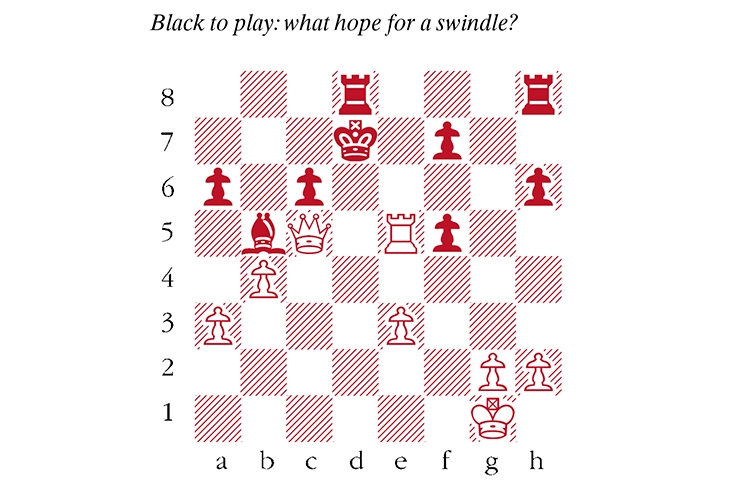

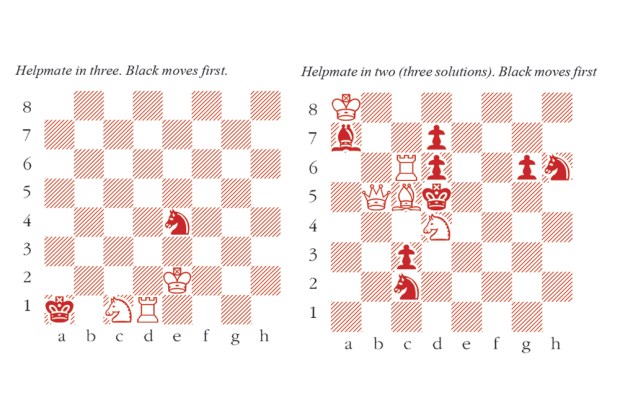
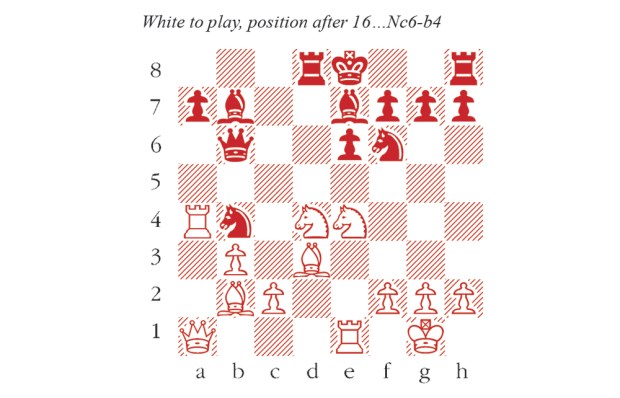
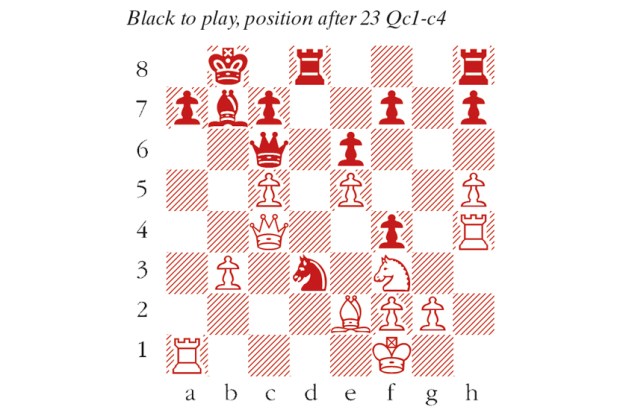
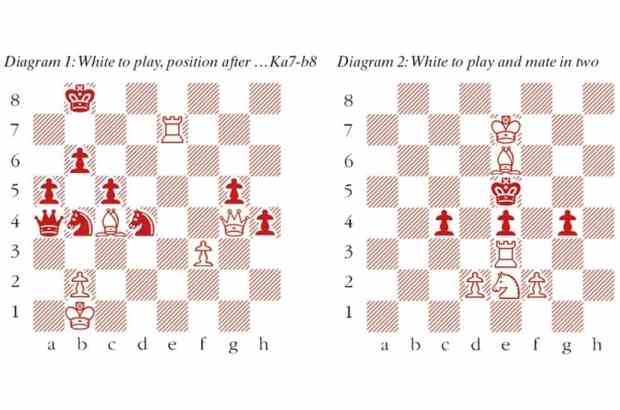
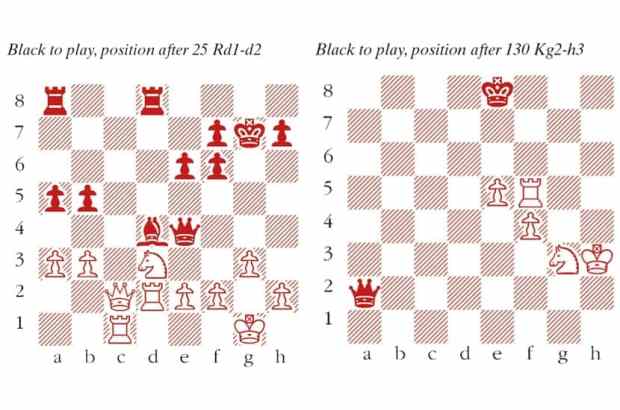






Comments
Don't miss out
Join the conversation with other Spectator Australia readers. Subscribe to leave a comment.
SUBSCRIBEAlready a subscriber? Log in